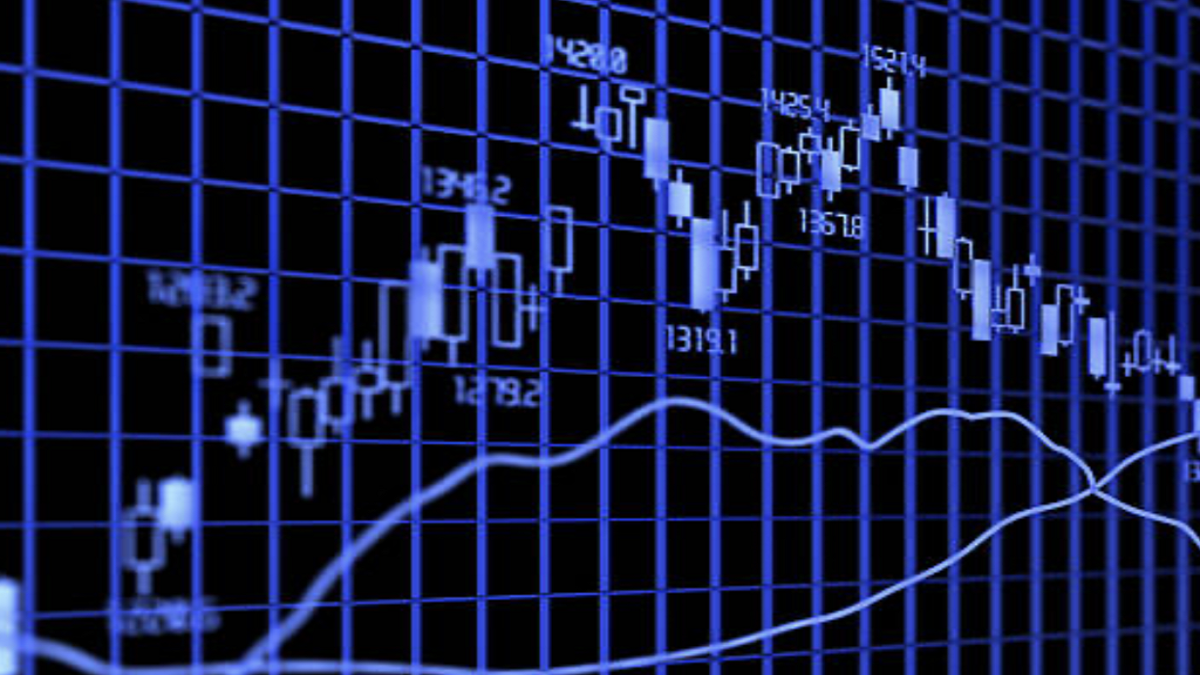This world of foreign exchange trading can be both thrilling and intimidating, particularly for those just beginning their journey. As the largest financial market in the world, with trillions of dollars traded each day, maneuvering through the intricacies of currency trade can be overwhelming. However, understanding the essential concepts and tactics can enable traders to succeed amidst the volatility. Whether you are seeking to test the waters into Forex trading for the initial time or endeavoring to refine your skills, this guide offers a thorough look at the essential aspects you should to know.
From grasping how the Forex market operates in basic terms to mastering the art of reading Forex graphs like a pro, we will examine important topics that can improve your trading experience. Along the way, we shall discuss popular strategies, the role of leverage, risk management tips, and the psychological elements that lead to successful trading. Armed with this information, you will be more prepared to make informed decisions and increase your potential for gain in the dynamic world of Forex trading.

spintax ### Understanding the Foreign Exchange Market
The foreign exchange market, or Forex market, is a distributed global marketplace where money are exchanged. It is the largest financial market in the world, with a daily trading volume surpassing six trillion dollars. Forex trading involves the exchange of a currency for an alternative, with trades occurring simultaneously in pairs. For example, when you purchase the Euro against the US Dollar, you anticipate the Euro to increase relative to the Dollar.
One crucial factor of the Forex market is its availability. Unlike other financial markets, the foreign exchange market operates 24 hours a day, five days a week, allowing traders from around the globe to engage at whatever time. best forex eas is supported by a network of financial institutions, monetary entities, companies, and individual traders, creating a dynamic environment that can react quickly to financial updates and geopolitical events. The diverse trading hours allow for different trading approaches, accommodating various styles, from day trading to detour trading.
Understanding money pairs is crucial for every trader. In foreign exchange, money are traded in couples, classified into primary, secondary, and unusual pairs. Major pairs typically include the most traded currencies, like the USD, EUR, and JPY, while secondary pairs involve less frequently traded currencies. Exotic pairs consist of one primary currency paired with a currency from a lesser economy. Each type of pair functions distinctly due to factors such as market fluidity and volatility, making it essential for traders to familiarize themselves with their choices to develop effective trading plans.
Profitable Forex Trading Techniques
Creating a robust trading strategy is crucial for achievement in the foreign exchange market. One of the most widely adopted approaches is the use of market indicators. These tools enable traders assess price movements and market trends, empowering them to make knowledgeable decisions. Simple moving averages, Relative Strength Index (RSI), and Fibonacci analysis are just a few examples of indicators that can improve trading by pinpointing entry and sell points. Understanding how to merge these indicators with market movement can boost the efficacy of your strategy.
Another crucial approach is developing a trading plan that includes risk management techniques. ea forex emphasize the importance of the risk-to-reward ratio in their strategies. By determining how much you are willing to risk on a trade compared to the potential profit, you can maintain control and ensure that your trading decisions match with your overall objectives. Additionally, using tools like stop-loss and profit lock orders can help limit losses and capture profits when your targets are met.
In conclusion, traders need to decide between different trading styles, such as day trading and medium-term trading. Day trading consists of opening and executing positions within the same day, enabling traders to capitalize on short-term market movements. In contrast, swing trading aims at seizing gains over a prolonged period, with trades lasting spanning a few days to weeks. Understanding the traits of each style can help traders pick the one that most fits their personality and schedule, consequently leading to more steady results in the volatile Forex market.
Risk Control and Trader Mindset
Efficient risk management is a key element of profitable forex trading. It includes identifying, assessing, and reducing potential losses that can arise from market fluctuations. A solid risk management plan includes setting stop-loss orders, calculating position sizes based on your account balance and risk tolerance, and diversifying your trades to limit overexposure to any single currency pair. By applying these principles, you can preserve your capital and ensure that one adverse trade does not jeopardize your entire trading strategy.
Trading psychology holds crucial role in sustaining discipline and making rational decisions in a unstable market. Emotional reactions to wins and losses can obscure judgment and lead to impulsive trading. Effective traders cultivate a mindset focused on long-term gains rather than short-term fluctuations. They demonstrate patience, allowing their strategies to unfold while resisting the urge to pursue losses or overtrade after a win. By comprehending and controlling their emotions, traders can follow their trading plans and uphold a consistent approach.
Merging solid risk management techniques with a strong psychological foundation creates a formidable strategy for navigating forex markets. Traders who prioritize these aspects can weather market storms and come out resilient, no matter the economic conditions. Embracing a disciplined approach not only enhances trading performance but also cultivates a sense of confidence, allowing traders to make decisions based on reason rather than fear or avarice.
